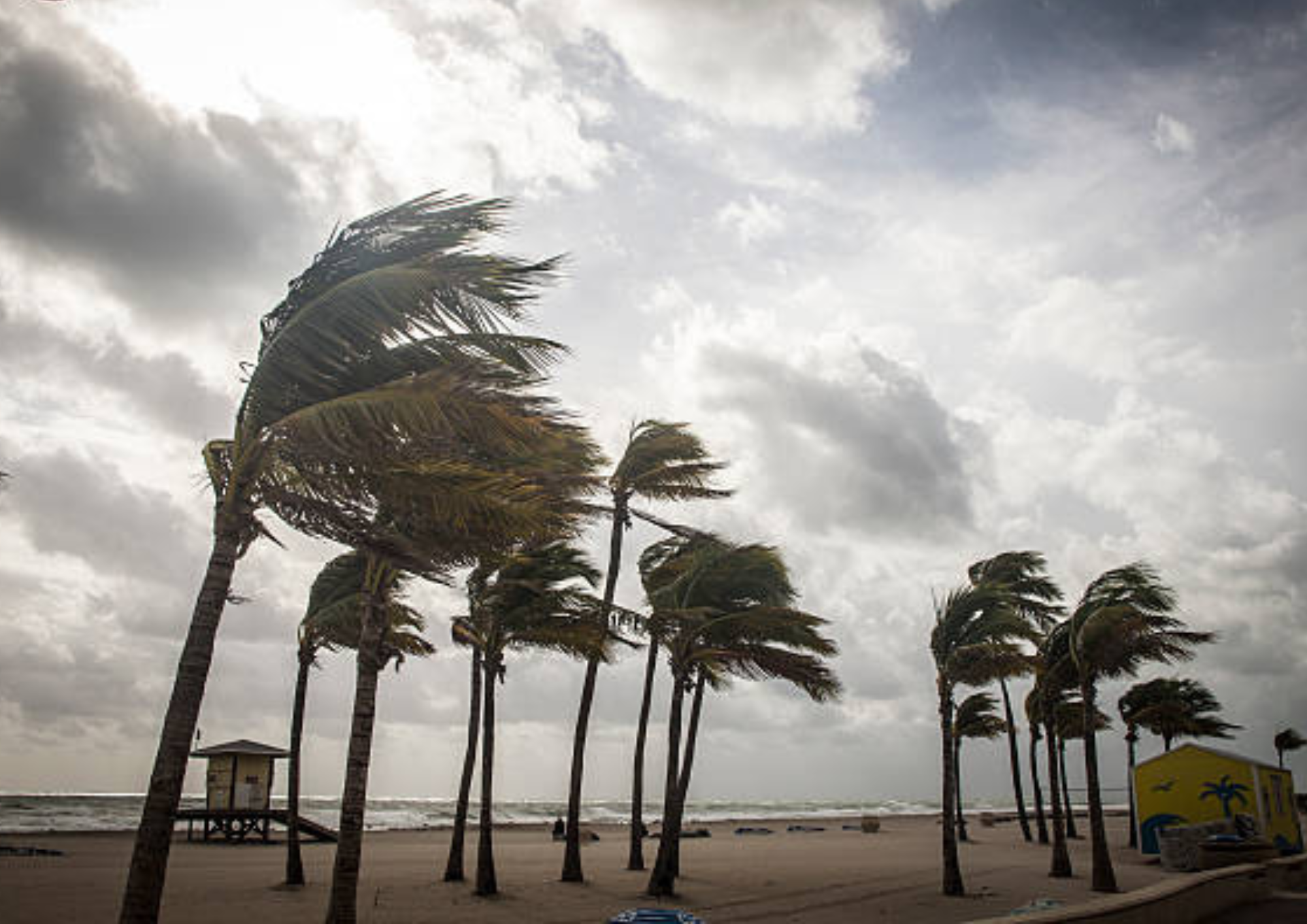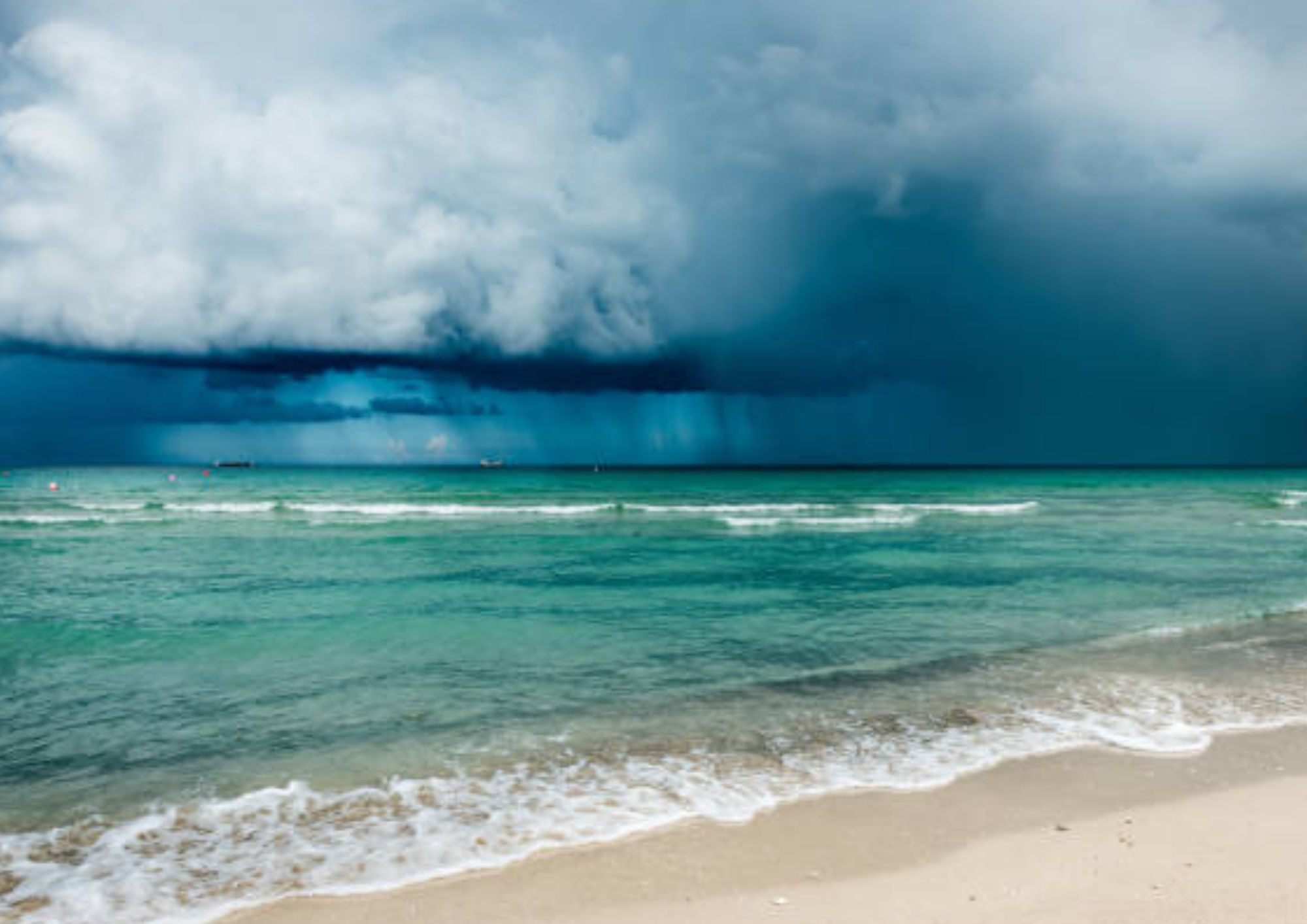Weather
Weather’s Impact on Florida
2nd Grade • Science, Social Studies & Dance and Theater
Lesson Overview: This collaborative lesson plan developed by Alison Shedrow and Deb Lombard integrates arts, science, and social studies for Rowlett Academy second graders. The lesson uses dance and drama to explore weather's impact on Florida, aligning with state and national standards. Students engage in activities using movement and theater to demonstrate understanding of concepts like weathering, erosion, and the scientific method. The plan incorporates teaching strategies, assessment methods, and reflection activities for both teachers and students, emphasizing a universal design for learning. The overall goal is to create an engaging and inclusive learning environment.
Learning Objectives | Students Will:
Relate their own personal body space to the concept of weather and how it affects Florida.
Identify energy levels and relate them to weather
Examine and experience the making of body shapes.
Use movement and dance as a means of communicating information.
Use the scientific method to explore weather and it effects.
Explore the basic composition structures of motif, variation, and canon.
Lesson Process: Second grade students at Rowlett Academy participating in the arts-integrated lessons. They are tasked with learning about the scientific method, Florida weather, and expressing their understanding through movement and theater.
Time Required:
5 days
Materials List:
Open space
Props
Laminated activity cards
Classroom teacher lesson on scientific method and steps scientists use to learn about the natural world
Assessment : Assessment is multifaceted. Both the content teacher and the teaching artist play roles in evaluating student learning. Assessment methods include:
Participation and reflection.
Observation of student use of vocabulary and movement to explain concepts.
Performance-based tasks (creating and presenting movement sequences).
Teacher questions to students, such as “What was seen?”



Lesson
Activities & Instructions
The Activities & Instructions section provides a structured sequence of learning experiences, guiding educators through engaging, interactive lessons.
Lesson Activities
Movement
Review
Creative Exploration
Share & Reflection
-
Overview of unit and review the scientific method
Review actor's toolbox*
Movement warm-up
Create tableaux demonstrating the scientific method
Share with class and put in order
Reflection - teacher will reinforce the scientific method and vocabulary
*An actor’s toolbox refers to the fundamental skills, techniques, and tools that actors use to create believable and compelling performances. It is essentially the collection of methods and approaches actors draw upon to bring characters to life on stage or screen. The core components of an actor’s toolbox typically include:
Voice and Speech - Techniques for projection, articulation, breath control, and vocal variety to convey emotion and meaning clearly to an audience.
Body and Movement - Physical awareness, posture, gesture, and how to use the body expressively to communicate character traits, emotions, and relationships
Emotional Connection - Methods for accessing and authentically portraying emotions, often through personal experience, sense memory, or imagination.
Character Development - Tools for analyzing scripts, understanding motivations, creating backstories, and making choices that bring depth to characters.
Imagination and Creativity - The ability to make bold, specific choices and commit fully to the imaginary circumstances of a scene.
Observation Skills - Studying real people and behavior to inform character choices and make performances more truthful.
Concentration and Focus - Maintaining attention and staying present in the moment, especially when performing in front of others.
In the context of Lesson 1, reviewing the actor’s toolbox serves to remind students of these fundamental performance skills before they apply them to creating tableaux about the scientific method. The movement warm-up would prepare their bodies as instruments of expression, and then they would use various tools from their actor’s toolkit - physicality, facial expression, spatial relationships - to create frozen scenes that communicate the steps of the scientific method without words.
This approach connects theatrical training with academic content, helping students embody and understand scientific concepts through performance.
-
Movement warmup
Creative movement activity exploring the dance element “Energy”
For second graders, the teacher would create a movement activity exploring energy by having students physically embody different energy qualities through their bodies. They might start by demonstrating contrasting movements - asking students to move like they’re walking through thick peanut butter (sustained, slow energy) versus moving like popping popcorn (sharp, quick energy).
The teacher could guide students to explore smooth, flowing movements like gentle waves, then switch to sharp, sudden movements like lightning bolts or robots. Students would practice moving with different levels of force - from delicate, light movements like floating feathers to strong, heavy movements like stomping elephants. This hands-on exploration helps young learners understand that energy in dance is not just about being energetic, but about the specific quality and texture of how movement flows through the body.
In groups students will create a thematic dance demonstrating different energy qualities. (Create a thematic dance about a Leaf, Robot, and Volcano)
Students will Identify and explore movement qualities for each
Share with class
Reflection - teacher will use “energy” movement analogy throughout the daily lessons
-
Movement warm-up
Review different ways weather impacts Florida
Using the scientific method, create questions that reflect how weather can affect Florida
In groups, use activity cards that demonstrate Florida weather. The students create a tableau (or 2) recreating the picture
Share
Reflection - classroom teacher will assist groups in determining movement to attach to the weather
-
Movement/theater warm-up
Students continue to work on their weather tableau with movement
Students add text using vocabulary from the Social Studies unit with a narrator
Share
Reflection - teacher will assist groups with the narrative speaking part
-
Movement/Theater warm-up
Practice Lesson 4 activity
Video projects:
Students create short recorded videos that demonstrate their understanding of the scientific method through movement and theater. Based on the previous lessons, students would film themselves performing their tableaux, movement sequences, or mini-performances that show the steps of the scientific method or weather concepts they have been exploring.
These video projects would allow students to capture and refine their theatrical work, giving them a chance to review and improve their performances before sharing with the class.
The videos might show students acting out scientific experiments, demonstrating weather phenomena through movement, or performing their thematic dances about leaves, robots, and volcanoes from earlier lessons.
Creating videos also provides a way for students to document their learning and gives the teacher a tool for assessment, while allowing shy students to perform in a less intimidating format than live presentation.
Share with class
Discuss and Reflect
-
Assessment moment at the end of each lesson:
“What did you notice about the work of your fellow students?”
“Did you have any ideas you didn't use?”
“What do you think others observe in your work?”
“What would you do differently next time?”
“What does this work make you want to do next?
NATIONAL CORE ARTS STANDARDS
-
Anchor Standard 1
Generate and conceptualize artistic ideas and work. -
Anchor Standard 6
Convey meaning through the presentation of artistic work. -
Anchor Standard 8
Interpret intent and meaning in artistic work. -
Anchor Standard 10
Synthesize and relate knowledge and personal experiences to make art.Anchor Standard 11
Relate artistic ideas and works with societal, cultural and historical context to deepen understanding.
FLORIDA
STATE STANDARDS
-
TH.2.S.3.1 Create imagined characters, relationships, and environments using basic acting skills.
TH.2.S.2.1 Collaborate with others to perform a scene and solve challenges.
-
ELA.2.V.1.1 Use grade-level academic vocabulary appropriately in speaking and writing.
ELA.2.R.1.1 Identify plot structure and describe main story elements.
ELA.2.R.1.2 Identify and explain a theme of a literary text.
Key Themes & Ideas
Arts Integration: The core concept revolves around using dance and drama to explore and understand scientific and social studies concepts. It goes beyond simply adding art as an afterthought; it uses the arts as a primary vehicle for learning.
Collaborative Teaching: The lesson is co-designed and co-taught by a classroom teacher and a teaching artist. Their roles are distinct but complementary:
Teacher's Role: Deliver classroom strategies that create an authentic and engaging educational ecosystem. Focuses on content knowledge (scientific method, Florida weather) and reinforcing concepts.
Teaching Artist's Role: Commit to promoting an instructional infrastructure of scholarship, intellectual development, and student engagement. Focuses on the elements of dance and theater, guiding students in expressing their understanding through movement.
Student-Centered Learning: The plan prioritizes student participation and engagement, providing equal opportunities. Activities are designed to amplify "student voice" and cater to different learning styles.
Scientific Method & Florida Weather: Students are expected to learn and apply the scientific method to explore how weather impacts Florida. This includes examining weathering, erosion, soil, rocks, and related concepts. This also includes identifying physical features of Florida.
Dance and Drama Elements: Students use movement, energy, space, and text to communicate their understanding of weather concepts. They explore elements of dance and theater such as motif, variation, canon, tableau, and narrative.
Differentiated Instruction & UDL (Universal Design for Learning): The plan recognizes the need to address the needs of all learners. It references the Three-Tiered Model of Support (MTSS) and Universal Design for Learning principles to ensure participation for all students.
Success Criteria:
Students will work in groups to create movement phrases that demonstrate different weather and how it affects Florida. (weathering, erosion, soil, rocks, physical weathering, chemical weathering, karst topography, runoff, landslides)
Overall
Significance
This innovative lesson plan represents a powerful model of arts integration that transforms traditional science education by making abstract concepts physically tangible through movement and dramatic expression. By combining Florida state standards in science and social studies with dance and drama standards, the plan creates meaningful interdisciplinary connections that accommodate diverse learning styles and enhance student engagement. The collaborative structure between classroom teacher and teaching artist demonstrates how pedagogical expertise can be combined with artistic knowledge to create rich educational experiences. This approach not only deepens content understanding but also develops students' creative expression, collaboration skills, and ability to communicate information in multiple ways. The lesson's emphasis on Universal Design for Learning principles and inclusive practices ensures all students can participate meaningfully, regardless of their learning needs or prior experience with the arts.
– REACH –
Thank you to our Educators, Artists, and Collaborators.
School: Rowlett Academy
Teacher: Alison Shedrow
Teaching Artist: Deb Lombard
Arts Organization: MotionlabSRQ

